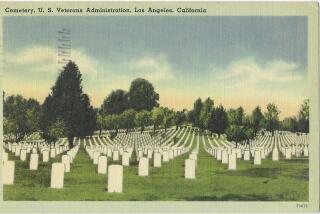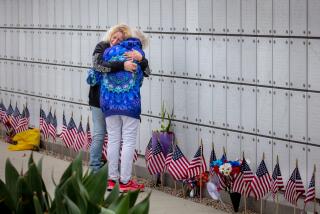Condominiums to Die for: Key West’s 5-Level Crypts
KEY WEST, Fla. — The crypts have gone condo at Key West’s only cemetery. They add a modern, urban touch to a graveyard long famous for its unusual epitaphs and tombstones.
The grassy, 15-acre Key West Cemetery is the final resting place of some of the island’s earliest residents and most outlandish characters.
The inscriptions on the tombstones here are legendary and have made the cemetery a tourist attraction. Perhaps the most famous epitaph is that of B. P. Roberts: “I Told You I Was Sick.”
Another woman is remembered as a “Devoted Fan of Singer Julio Iglesias.”
One widow placed a plaque over her husband’s grave that read: “Harry, I Know Where You’re Sleeping Tonight.” That one has been stolen.
Other graves bear markers honoring Yorkshire terriers or support life-size statues. Historians place international importance on the memorials to the battleship Maine, whose sinking in Havana Harbor led to the Spanish-American War.
Today, the dead outnumber the living in Key West. Space is scarce and land has become expensive. At least 40,000 bodies are buried in the park, thousands more than the island’s current population.
To keep up with the demand, city officials dealt with the problem in the time-honored Florida fashion. They built condominiums--high-rise crypts that can accommodate up to five of the dearly departed.
Some local historians consider them an eyesore and a sacrilege.
The high-rise vaults are “destroying the historical character and integrity of the cemetery,” historian Sharyn Thompson wrote in a report to the city.
“While the need for burial space is a serious concern, it should not be addressed at the expense of the cemetery historically,” Lynette Strangstad said in another report.
Sharon Wells, who is conducting a survey of the cemetery, is urging the city to set a height limit for the crypts to safeguard the cemetery’s charm.
Not everyone hates the new vaults. Though huge and blunt in style, they have their own character, said Susan Olsen, who, as executive director of the Key West Art & Historical Society, leads tours of the graveyard.
“I feel that the death rituals and customs of today are just as important and reflective of our culture as those of the 19th Century,” she said. “They’re going to be studied 100 years from now, even though they’re not as beautiful.”
More to Read
Sign up for Essential California
The most important California stories and recommendations in your inbox every morning.
You may occasionally receive promotional content from the Los Angeles Times.










